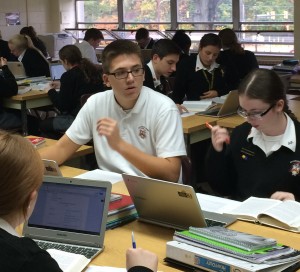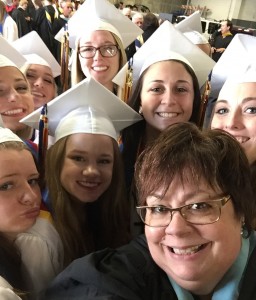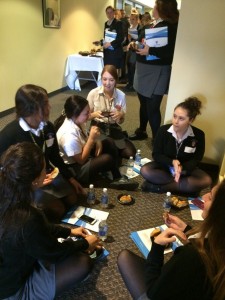This week has been a week that has forced me to look at my career differently.
As an invited guest to the Penn Literacy Network (PLN ) Summer Leadership Week, I was humbled to be among some of the most talented and dedicated educators discussing reading, writing, listening, and thinking through the Human Lens of Learning.
The Human Lens, according to PLN founder Dr. Morton Botel, deals with “the intrapersonal dimension of learning, the notion that all learners use language to make meaning in unique ways.” This dimension takes into consideration the background knowledge of the student in every way possible, including his/her attitude toward reading, writing, and learning. Botel acknowledges  the Human Lens is reflected in the work of noted educator and philosopher Paulo Freire whose ideas draw attention to what Botel explains as the“enormous potential of language to empower individuals and groups to reflect and act on their worlds.”
the Human Lens is reflected in the work of noted educator and philosopher Paulo Freire whose ideas draw attention to what Botel explains as the“enormous potential of language to empower individuals and groups to reflect and act on their worlds.”
And, to paraphrase Executive PLN Director Bonnie Botel-Sheppard, it is imperative to be mindful of the Human Lens, especially in today’s world.
What must go through a child’s mind when s/he hears about a huge white truck plowing down people gathered to watch fireworks? Or about police being picked off one by one? Or about another black person shot by police?
How can our children make sense of the world when the world seems to be constantly at odds? How can we allay their fears? How can we prepare them to take their place in the world? Perhaps most importantly, how can we prepare them to change the world?
I think the answer lies in reading and writing. Years ago, I read the report from the National Commission on Writing, The Neglected “R”. It added a dimension to my passion for teaching writing that I had always understood but could never name. In the first chapter, the report explained how “writing has transformed the world.” It explains how the power of the written word has started revolutions, stopped oppression, and provided an outlet for examining the human condition.
At a time when some educators are claiming that the Common Core does not leave much room for personal narrative, I believe that helping our students to write their own story is more important now than ever.
Over the years, as an “after” activity of a close read of an essay that addresses an author’s personal experience with racism, or sometimes even as a “before,” I have asked students to write about a time that they felt stereotyped or labeled or marginalized. The effectiveness of such an assignment is obviously multifaceted, but building that connection between reader-author-content is not only good reading, it is a good example of looking at reading through a human lens.
Perhaps we as educators fail to see how we can help change the world. Perhaps we do not believe it is our responsibility.
But it is. We are the agents of change. We are the ones who can help our students see the world in all its colors and possibilities. We are the ones that can help instill the desire to reach across divides and build bridges.
There are resources to help us. Larry Ferlazzo offers resources on teaching about race and racism. The CCSS requires us to teach students to “Analyze seminal U.S. documents of historical and literary significance”. Instea d of reading those documents as Republicans or Democrats this election year, let’s read them for the inspiration they offer about freedom and equality.
d of reading those documents as Republicans or Democrats this election year, let’s read them for the inspiration they offer about freedom and equality.
We ourselves cannot change the world. But we can educate our students to understand what they read and write and hear and speak through the Human Lens. And in doing that, we can change our corner of the world. And from there, it will be our students who will change the world.
